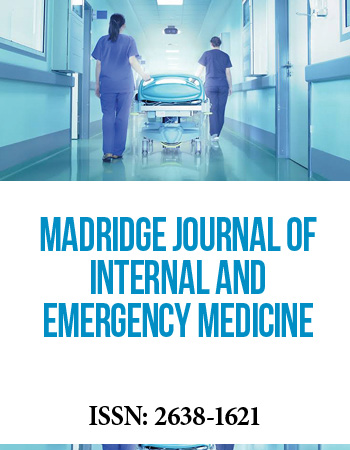International Translational and Regenerative Medicine Conference
April 25-27, 2018 | Rome, Italy
RGTA Based Matrix Therapy in Regenerative Medicine: An Example of Translational Medicine from Concept to Curing Patients
President of OTR3, France
The importance of extracellular matrix (ECM) integrity in maintaining normal tissue function is highlighted by numerous pathologies and situations of acute and chronic injury associated with dysregulation or destruction of ECM components. Heparan sulfate (HS) is a key component of the ECM, where it fulfils important functions associated with tissue homeostasis. Its degradation following tissue injury disrupts this delicate equilibrium and may impair the wound.
Healing process: ReGeneraTing Agents (RGTA®s) are polysaccharides specifically designed to replace degraded HS in injured tissues. The unique properties of RGTA® (resistance to degradation, binding and protection of ECM structural and signalling proteins, like HS) permit the reconstruction of the ECM, restoring both structural and biochemical functions to this essential substrate, and facilitating the processes of tissue.
Repair and Regeneration: Furthermore, combined with cell therapy, RGTA® will participate in the regeneration process by providing a niche for cell homing. Several polymers have been tailored for specific tissues.
Here, we review 25 years of academic and company research surrounding this HS mimic, supporting the mode of action, preclinical studies and therapeutic efficacy of RGTA® in the clinic. With over 50 000 patients treated for the first two products on the market, for skin and cornea injury, with randomized controlled trials supporting the first pilot studies and with a pipeline for several RGTA® based product and an example of translational research from academy to industry.
Biography:
Dr. Denis Barritault is graduated in Physics, completed his PhD in biochemistry in Paris University. And is a Post doctoral in molecular immunology at Pasteur Institute and NYU as NIH Fogarty Fellow he joined INSERM unit in Paris as developmental biologist. He made the first description and patents of FGF extracted from retina in 1979 and 82 as skin and cornea healing agent, became full professor at Paris-Est University in 1985, founded and directed a CNRS Laboratory on cell and tissue regeneration until 2003. He is now President of OTR3, Emeritus professor, honorary director of CRRET laboratory, a CNRS unit and author in over 200 publications and 30 patents


